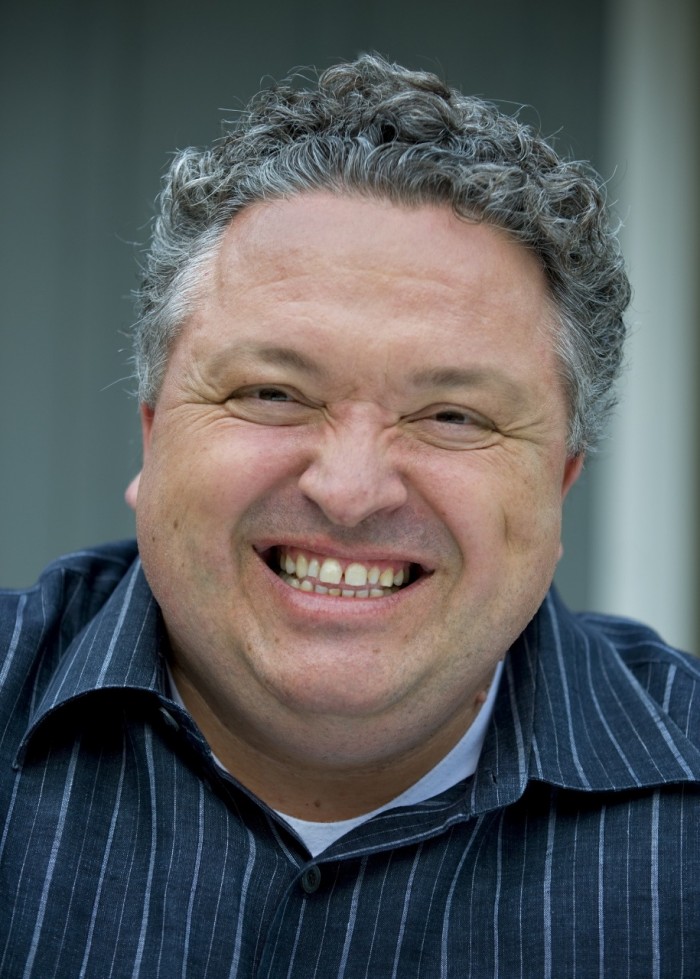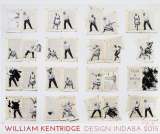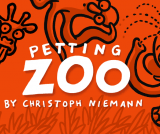
As Canadian designer and change activist Bruce Mau pointed out on day one of this most chichi of conferences, the current crisis shows us that what we are currently doing “just is not working”.
“The economic crisis is waking us up to love and ambition,” he said. And that, of course, is no bad thing. With more time and space, there is an opportunity to redefine how we do things. This is the best time in history to be active and working, maintained Mau: “There are opportunities open to us that have never been seen by any generation.”
Mau, who heads up the Institute without Boundaries, believes that embracing change is no longer a choice but the tool we must use to create and invent the life we want to live. And this reinvention is necessary: technological capacity is doubling every 12 months. Our ability to do things and to process information is reduced by half every year. And this, in turn, can only mean that “massive change is inevitable”.
And, challenged Mau, the real objective is to change the way we live — with design the revolutionary key to invent a new and better way to do things. Design is everything we do and we should be using it for good — and what better time than now? After all, a crisis would be “a terrible thing to waste”.
Mau’s Institute without Boundaries is behind his concept of Centres for Massive Change. At the Indaba, he proposed the idea of a South African centre — and invited anyone interested in being part of this revolution to contact him (or Indaba organiser Ravi Naidoo) directly in the next few days.
Sleek and chic LA-based designers AdamsMorioka claimed to get “real and revealing” in their opening speech. I think most people in the audience related to Sean Adams’ admission that the genius and perfection on show at “super-duper-groovy-all-the-time” design conferences can easily make one feel like life sucks. And, yes, three days of what appears to be seamless perfection can do one’s head in. But, as Adams explained, it’s worth remembering that it is never as easy as it looks.
So how is such design achieved? By confronting fear and overcoming that which you are trying to protect, said Adams, who was challenged by his partner Noreen Morioka to talk about the things designers are not supposed to talk about, like “fear and driving home crying in the car”.
Adams demonstrated the necessity of trusting your gut via a series of failed storyboards, which finally paved the path (back) to a magnificent final concept for the Sundance Film Festival back in 2006. “Life should be scary to be worthwhile,” he said. “As a friend in New York says, ‘No risk it, no biscuit’.”
This thread of the personal was picked up and embroidered by typographer and designer Rick Valicenti and his own evolution towards finding “real human presence” in design. In a presentation that I found deeply cerebral and honest, Valicenti — the founder and design director of Thirst — shared the personal “musings of a technocrat” and his journey over 30 years towards using design to tell stories. “I am now viewing design through the prism of storytelling — it’s new and it’s challenging.”
And what lessons are in those stories? Valicenti says designers should: learn to practise seduction, represent presence, indulge knowingly, serve happiness, master humility.
What? A humble designer? Seriously?
Ah, but perhaps I should heed Mau’s counsel: “We can no longer afford the luxury of cynicism” and instead admit to being touched by architect Luyanda Mpahlwa’s success with his design for a low-cost house. Part of the Indaba’s 10×10 Low-Cost Housing Project, which aims to “stimulate alternative solutions to housing”. Mpahlwa’s vision is to help “dignify” social spaces, bringing colour and safety to urban design and create places for children to play.
MMA Architects’ design was awarded the inaugural Curry Stone a $100 000 prize, which recognises “creative solutions with the power and potential to improve our lives”. (Ironically, Mpahlwa was unable to be at the award ceremony for this philanthropic award, barred from obtaining a US visa because of the time he served as a prisoner on Robben Island.)
It was the need to become “a little more connected to people” that inspired American designer Stephen Burks to take up with crafters in what he terms the “developing world” to create products made by hand and using recycled materials. Although his presentation was awkward and jittery, hats off to Burks for giving local artists a platform.
“Fighting to keep it real” was the payoff line from a spectacular Nokia ad, shot in downtown Mumbai by Indian “agency guys” Mohit Jayal and V Sunil. The challenge, they say is to solve the narcissism and selfishness of the middle classes.
With an estimated 250-million members, the middle class in India exerts considerable power over the consumer landscape. But that massive stratum of society is cut off from what is real and from reality by what it thinks it wants, by aspirations and Bollywood glitz. The boys at W + K Delhi made a strong case for reality — yes, the true grit of life — and its power as an agent that can and should be harnessed to inspire and enable change.
Day one at the Design Indaba put on an impressive and massive display of reality. Not bad for an industry whose chief concern is the unreal.













